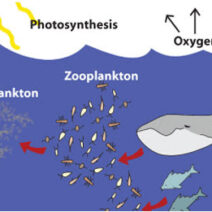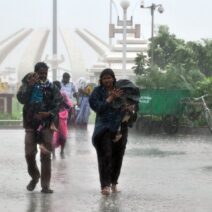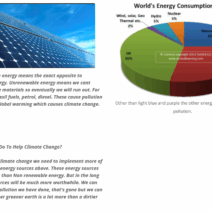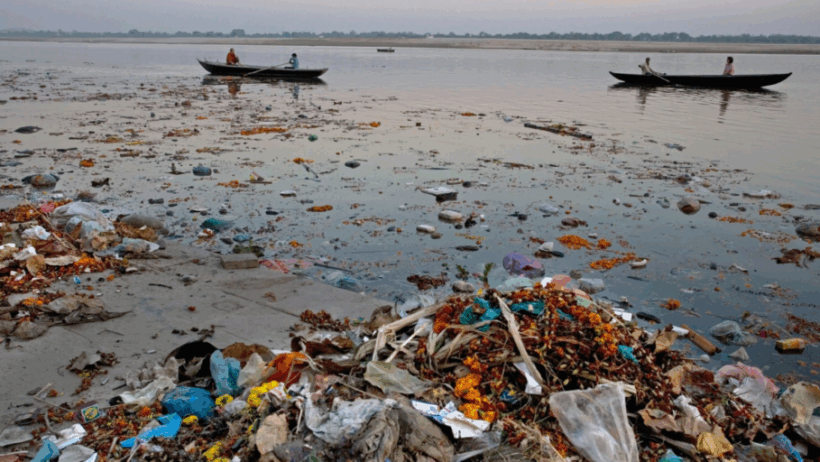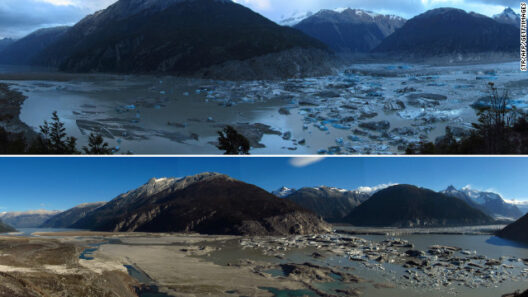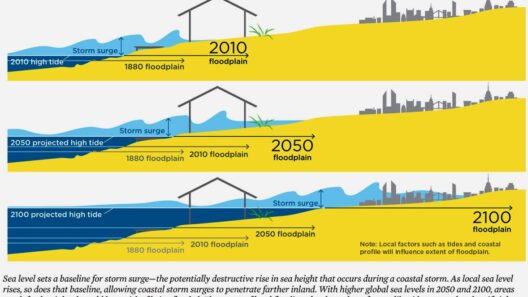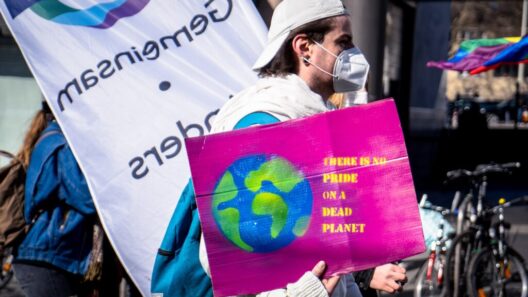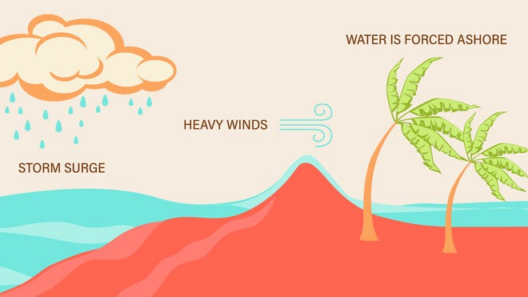As the relentless tide of climate change surges forth, rising sea levels stand as one of the foremost harbingers of ecological upheaval. When pondering the idea of biodiversity, one might envision a kaleidoscope of life, each species a vibrant shard of color within the intricate canvas of the ecosystem. However, related inextricably to this vivid tableau is the grave reality that rising sea levels threaten to obliterate many of these irreplaceable hashes of life. The interplay of oceanic encroachment and ecosystem vitality demands our urgent attention.
The dynamics at play here are multi-faceted and formidable. As sea levels inch upward, the delicate balance of salt and fresh waters becomes increasingly precarious, challenging the myriad organisms that inhabit these environments. Instead of a smooth transition between habitats, rising seas lead to an era defined by struggle and adaptation, as life seeks refuge from intransigent waters.
In essence, rising sea levels act as a ruthless sculptor, reshaping coastlines and the biological communities that inhabit them. But what does this mean for our planet’s biodiversity? From coastal wetlands to coral reefs, the implications are profound and far-reaching.
Shifting Coastal Ecosystems: Where Fresh Meets Saline
Coastal ecosystems, such as mangroves and salt marshes, serve as invaluable buffers against the relentless pursuit of the ocean. They provide habitat for countless species and act as nurseries for aquatic life, nurturing juvenile fish and invertebrates that rely on these environments for survival. However, as sea levels rise, these vital sanctuaries are at risk of inundation, leading to a cascading effect through the entire food web.
The saline intrusion into freshwater systems can create a veritable frontier where species must confront a new, hostile environment. Freshwater species may find themselves displaced, unable to survive in waters fraught with salinity. This loss of biodiversity unravels the intricate relationships and interdependencies that have taken millennia to evolve. The stark reality is that some species may not adapt fast enough to these changes, leading to local extinctions and a reduction in resilience across ecosystems.
In the grand narrative of ecological interdependence, when one thread is pulled, the entirety of the tapestry risks unraveling.
Aquatic Habitats: The Perilous Plight of Coral Reefs
Coral reefs, often described as the “rainforests of the sea,” exemplify the rich biodiversity that thrives in marine environments. Beyond their captivating beauty, these ecosystems provide essential services such as coastal protection and tourism revenue. However, the rising tide poses an existential threat to reef systems. Increased sea levels can exacerbate the impacts of ocean warming and acidification, two critical factors leading to coral bleaching—an alarming phenomenon that threatens to decimate coral populations.
To visualize it, imagine coral polyps, the very architects of the reef, slowly choking under the weight of warmer, more acidic waters. This not only jeopardizes the myriad species that depend on reefs for sustenance and shelter but also diminishes the complex symbiotic relationships that define life within these ecosystems.
The potential loss of biodiversity translates into a stark economic reality for communities reliant on healthy reefs. Fishermen, coastal economies, and even the tourism sector could face catastrophic consequences as reefs degrade, unraveling both ecological and human well-being.
Species Migration: The Resurgent Tide of Adaptation
Yet, not all is bleak. Nature possesses an astonishing capacity for resilience and adaptation. As the seas rise, many species will be forced to migrate, seeking new habitats where conditions are more favorable. This mass movement can lead to the establishment of novel ecosystems, potentially rejuvenating areas that have lain fallow. Indeed, the acts of migration and colonization could weave new threads into the fabric of biodiversity.
However, this is not simply an act of spontaneous adaptation. The success of this migration is contingent upon the ability of species to move, the availability of suitable habitats, and the presence of ecological corridors that facilitate this journey. Many terrestrial animals are already feeling the pressure as habitats are transformed or lost altogether, leading to genetic bottlenecks and heightened competition for resources.
To grasp this phenomenon is to understand that while some species exhibit fortitude, others may become trapped in a losing battle, unable to migrate fast enough to outrun climate-induced changes.
Mitigation and Conservation: A Call to Arms
To confront the multifaceted crisis presented by rising sea levels, concerted actions must be undertaken on a global scale. Conservation strategies centered upon preserving natural coastal buffers, enhancing mangrove restoration efforts, and protecting critical habitats are paramount. By safeguarding these ecosystems, we can concurrently mitigate the impact of rising seas and bolster the resilience of the species within them.
Investment in science and research plays an equally crucial role. By understanding the behaviors and migration patterns of vulnerable species, we can devise strategies aimed at facilitating their survival during this transformative epoch. Education and community engagement will galvanize action, increasing awareness of the importance of maintaining biodiversity amid this ever-unfolding crisis.
In the face of rising sea levels, the fight for biodiversity is not merely an environmental issue but rather a profound moral imperative. The tapestry of life is rich and varied, and its preservation is a testament to our commitment to safeguarding the planet for future generations. The time to act is now, for the waves of change are coming, and we must be prepared to meet them with resolve and urgency.
